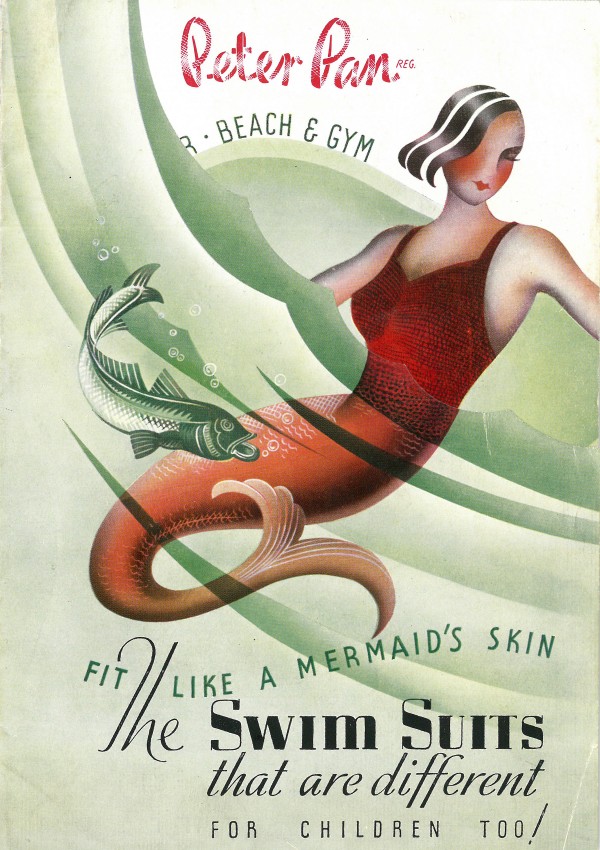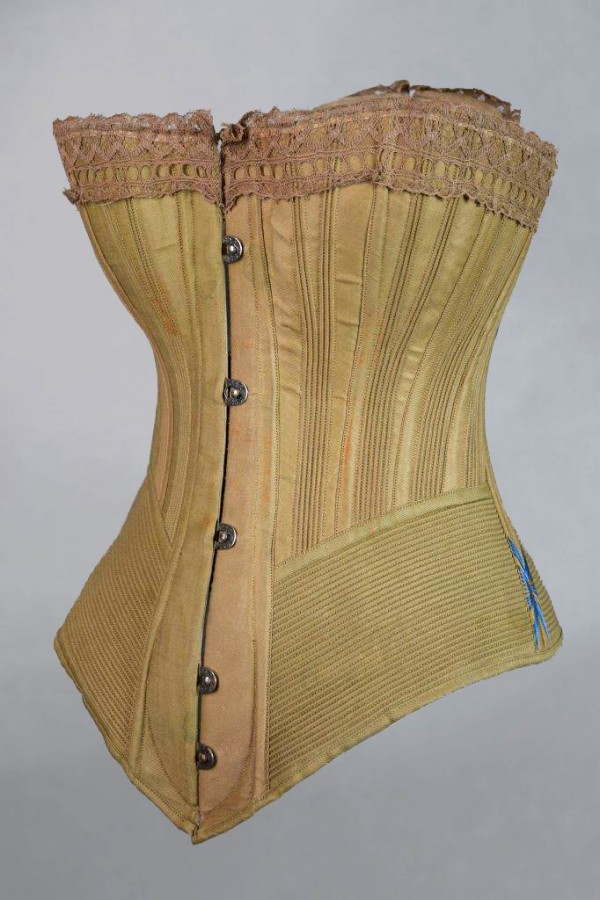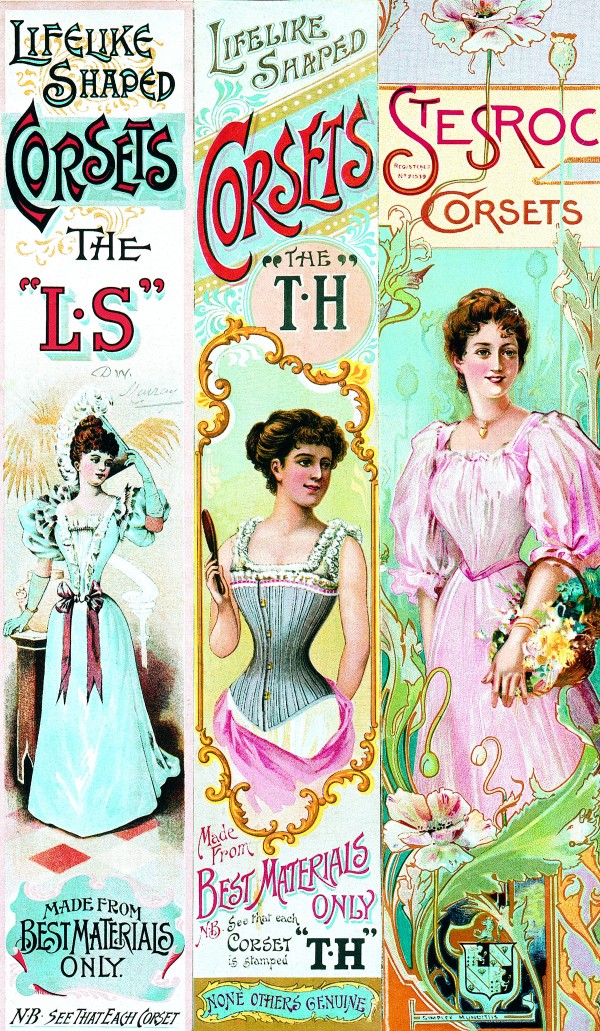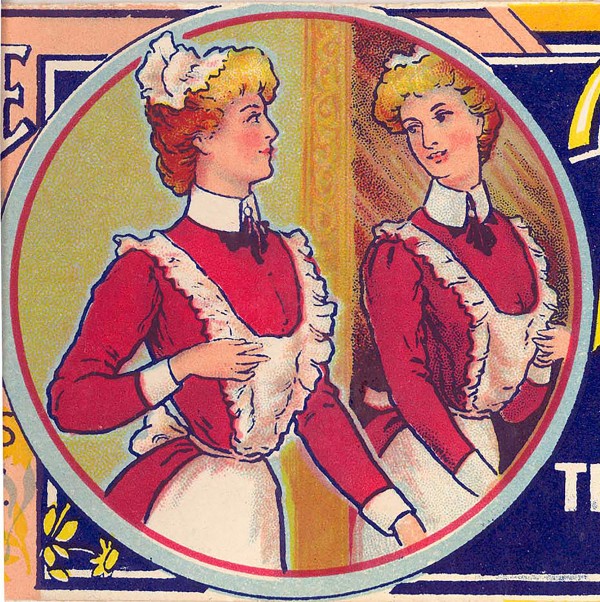Symington Collection

In 1908 after two years of development the noted Symington corset firm launched the Liberty Bodice. Made from an exclusively knitted fabric reinforced with a unique form of cloth strapping it became immediately successful. The fabric gave warmth with lightness and the strapping maintained the shape of the garment throughout countless washings. Indeed the Liberty Bodice was known to have passed through a whole family of children without ever losing its shape or quality. At its peak it was generally accepted that there was not a child in the country who had not learned from an early age to put on its Liberty Bodice when dressing. About 1912 a ladies Liberty Bodice was designed for those requiring more freedom for games and similar pursuits. The child's Liberty Bodice, both loved and loathed by thousands of children was finally discontinued in 1974.
The original advertising image for the 'Liberty Bodice' showing Freda Cox.
Freda was the daughter of Fred Cox, a Director at Symington's who was responsible for the development and successful marketing of the Liberty Bodice.


Knitted elastic fabrics both plain or fancy and rich satin elastics printed or plain became part of the new swimwear collections. The most important change however, was in design when the knowledge of corset making was used to the full in creating what were first known as 'figure fitted' or 'corset tailored' sports suits rather than swimsuits. This was epitomized in the Peter Pan collection brilliantly conceived to include ruched cottons, knitted elastics and richly-printed satin elastics. The 'Peter Pan' brand was used under licence from the U.S.A.
Advertising literature of Symington's 'Peter Pan' branded swimwear, 1930s.


The Pretty Housemaid corset, c1890 was sold as being the 'strongest and cheapest corset ever made' and was fitted with a busk protector which stopped the busk front from breaking as the wearer stooped or bent over. What is fascinating about this corset and it's marketing is that it was directly targeted at young women in domestic service, which was then the largest employment sector in Britain. It demonstrates that young, working class women were a recognised consumer group with a small disposable income and an interest in fashion.







